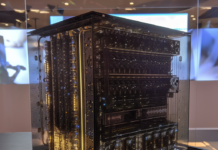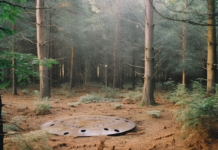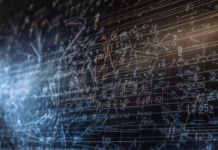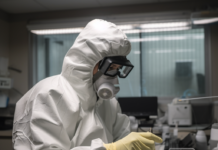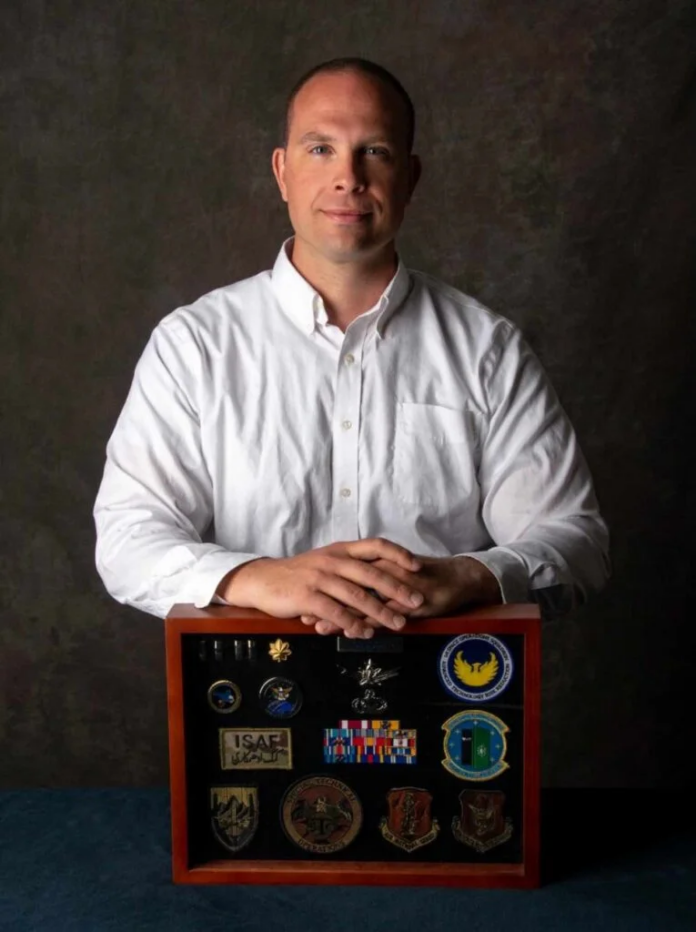
David Charles Grusch is a former intelligence official turned whistleblower who has recently gained significant attention and sparked intense debate within the ufology community with his disclosures about unidentified aerial phenomena (UAP). Grusch’s revelations, which include his naming of an alleged UFO incident in 1933 Italy, have raised eyebrows and fueled speculation about the existence of covert programs and extraterrestrial encounters.
Background and Career
With an illustrious career in the intelligence community, David Charles Grusch has accumulated extensive experience and expertise in the field. As a decorated former combat officer in Afghanistan, Grusch possesses a commendable military background that adds credibility to his claims. His dedication to serving his country led him to prominent positions within the National Geospatial-Intelligence Agency (NGA) and the National Reconnaissance Office (NRO).
Whistleblower Disclosures
Grusch’s status as a whistleblower stems from his decision to come forward and reveal classified information about UAP-related programs that he alleges have been illegally withheld from Congress. In May 2022, Grusch, represented by Charles McCullough III, the original Inspector General of the Intelligence Community, filed a complaint with the Intelligence Community Inspector General (ICIG). The complaint claimed that certain elements within the intelligence community intentionally obstructed legitimate congressional oversight of the UAP program.
1933 Italy UFO Incident
One of the most intriguing aspects of Grusch’s disclosures is his assertion that Mussolini’s government recovered a crashed UFO/UAP in 1933, which the US military later retrieved towards the end of World War II based on a tip from Pope Pius XII. This revelation adds a historical dimension to the UFO phenomenon, suggesting that governments have long been involved in secret operations involving non-human technology.
The origins of the 1933 Italy UFO incident trace back to 1996 when Italian ufologists, including Roberto Pinotti, received photocopies of government documents from an anonymous source. These documents detailed sightings and described the alleged crash and recovery of a vehicle near Milan in 1933. However, the authenticity of these documents has been a subject of controversy among ufologists, casting doubt on the veracity of the incident.
Evaluation and Reception
Grusch’s disclosures have generated both support and skepticism within the ufology community and beyond. While his military background and position within intelligence agencies lend credence to his claims, the lack of concrete evidence and the potential influence of unreliable sources raise questions about the accuracy of the information provided.
It is crucial to approach Grusch’s disclosures with critical analysis, taking into account the evolving nature of the narratives surrounding the 1933 Italy UFO incident. Claims involving recovered Nordic aliens and a bell-shaped craft appear to stem from unreliable sources, such as Billy Brophy, whose accounts have faced scrutiny and inconsistency.
The protection provided to whistleblowers, as exemplified by recent legislation, has facilitated Grusch’s decision to reveal sensitive information without fear of retaliation. As investigations into Grusch’s claims continue, it is vital to maintain a balanced perspective, scrutinize sources, and demand substantial evidence to support the extraordinary assertions being made.
Grusch’s disclosures serve as a catalyst for deeper exploration into historical UFO incidents, covert programs, and the potential existence of extraterrestrial encounters. As the ufology community and the public at large grapple with the implications of these revelations, it is essential to approach the subject with open-mindedness while maintaining a healthy skepticism grounded in rigorous analysis and evidence-based inquiry.



